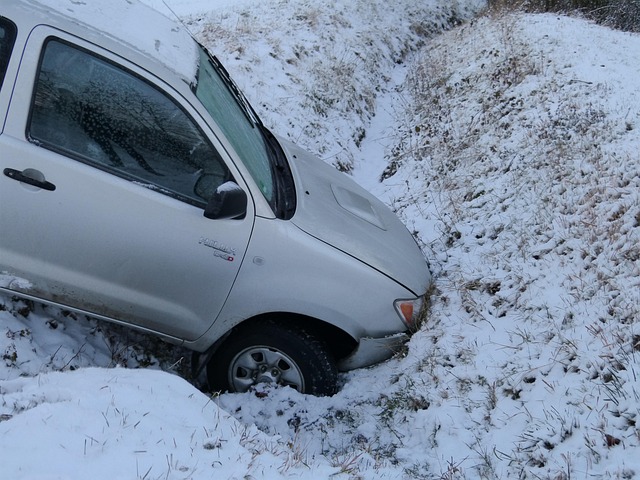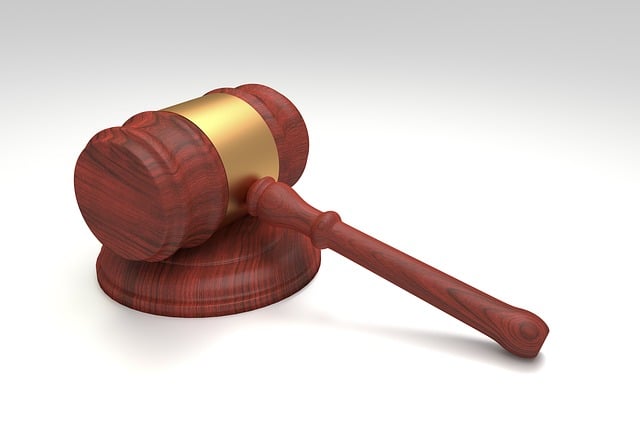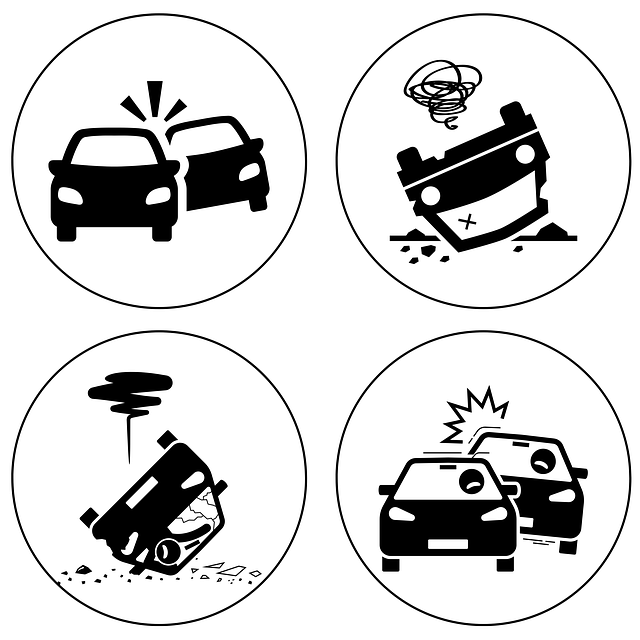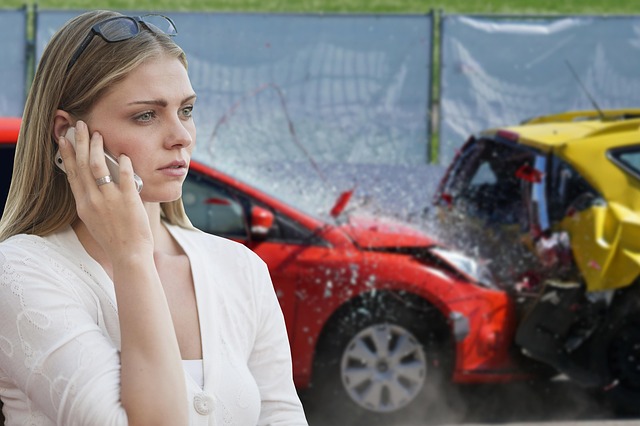Uneven pavement falls pose significant threats to public safety in urban areas, leading to injuries and fatalities due to high foot traffic and busy roads. This issue has legal implications, including real estate litigation and insurance disputes. Property owners, municipalities, and authorities share the responsibility for maintaining safe public spaces. Regular inspections and prompt repairs are crucial for preventing accidents and mitigating legal risks, including wrongful death claims. Implementing advanced technologies like sensor-based monitoring systems can help identify and address issues before they escalate, ensuring safer environments and reducing potential liabilities.
In many cities, uneven pavement falls pose a significant safety hazard, causing thousands of injuries annually. This article delves into the stark contrast between public and private property responsibilities in addressing this issue. We explore how local governments and homeowners alike play crucial roles in maintaining safe walking surfaces. By examining case studies and implementing effective strategies, we aim to mitigate the risk of uneven pavement falls, ensuring safer communities for all.
- Understanding the Impact of Uneven Pavement on Public Safety
- Private Property Owners' Responsibilities and Rights
- Strategies to Mitigate and Manage Uneven Pavement Falls
Understanding the Impact of Uneven Pavement on Public Safety

Uneven pavement falls pose a significant risk to public safety, often leading to serious injuries and even fatalities. These hazards are particularly prevalent in urban areas where busy roads and high foot traffic create a perfect storm for accidents. When sidewalks or streets are characterized by uneven, cracked, or irregular surfaces, pedestrians and cyclists may lose control, resulting in painful falls that can cause traumatic injuries.
Such incidents have legal implications, frequently escalating into real estate litigation and insurance disputes. The onus often falls on property owners, municipalities, or relevant authorities to maintain safe public spaces. Awareness of these issues is crucial for preventing slip and fall accidents, ensuring the well-being of residents and visitors alike, and mitigating potential legal repercussions related to uneven pavement falls.
Private Property Owners' Responsibilities and Rights

Private property owners have a legal responsibility to maintain their premises in a safe condition for visitors and neighbors alike. This includes addressing issues like uneven pavement, which can lead to serious falls and injuries. Regular inspections and prompt repairs are essential to prevent such accidents, ensuring the safety of those who enter their property.
While they have rights as property owners, these rights come with obligations. Neglecting to fix hazardous conditions may result in legal repercussions, including wrongful death claims or medical negligence suits, especially if a fall leads to severe injuries or even fatal consequences. Understanding their responsibilities is crucial for private property owners to avoid real estate litigation and maintain a safe environment for all.
Strategies to Mitigate and Manage Uneven Pavement Falls

Uneven pavement falls pose significant safety risks, leading to various injuries and even fatal accidents. To mitigate these hazards, several strategies can be employed. One effective approach is regular maintenance and inspection programs. Local governments and property owners should schedule routine checks of roads and sidewalks to identify and repair any anomalies before they escalate. This proactive measure significantly reduces the likelihood of falls and related personal injury claims.
Additionally, utilizing advanced technologies like sensor-based monitoring systems can provide real-time data on pavement conditions. These tools allow for swift action on identified issues. For businesses and property managers, regular upkeep is crucial to avoid liability for car accidents or other incidents stemming from uneven surfaces. Implementing these strategies not only ensures safer public spaces but also helps prevent costly legal battles, including business litigation, arising from preventable accidents.
Uneven pavement falls pose a significant safety concern, impacting both public spaces and private property. Understanding the responsibilities of owners and implementing effective management strategies is crucial to mitigate risks. By prioritizing regular maintenance and adopting innovative solutions, communities can ensure safer streets and walkways, reducing the occurrence of falls and promoting accessibility for all. Addressing this issue is essential to create a more inclusive and secure environment, especially as urban areas continue to evolve.






